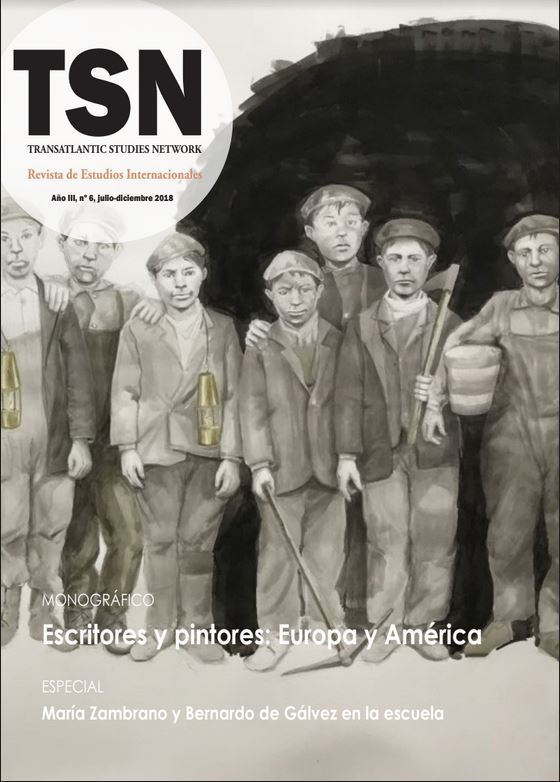The history and the fiction as an artistic testimony in Bomarzo by Manuel Mujica Lainez
Keywords:
Bomarzo, Pier Francesco Orsini, Italian Renaissance, decadentism, melancholy, ruinsAbstract
In this paper we analyze the role of the city in Bomarzo, where Mujica Lainez recreates the Italian Renaissance. Unlike what happens in El unicornio, in Bomarzo the weight of fiction is greater than that of history. In addition, the autobiographical story by its protagonist, Pier Francesco Orsini, is loaded with allegorical values related to art and the passage of time. Finally, the city is decadent and melancholic in this novel, because the end of one of the greatest Italian families, the Orsini, is portrayed. Moreover the autor highlights the subject of ruins as an expression of the decline of human creations and the end of an era.
Downloads
Metrics
References
Blanco Fresnadillo, L. (2013): La poética de Manuel Mujica Lainez. Fábula e iconografía. Málaga: Universidad de Málaga.
Fernández Ariza, G. (1999): «Bomarzo, el sueño manierista de Manuel Mujica Lainez», en Anales de Literatura Hispanoamericana, 28, pp. 563-588.
Font, E. (1976): Realidad y fantasía en la narrativa de Manuel Mujica Lainez. Madrid: José Porrúa Turanzas.
García Simón, D. (2002a): «El Renacimiento como tema en Bomarzo de Manuel Mujica Lainez. Primera parte», en Espéculo, n.o 21, https://webs.ucm.es/info/ especulo/numero21/bomarzo1.html (consulta: 3 de febrero de 2019).
—(2002b): «El Renacimiento como tema en Bomarzo de Manuel Mujica Lainez. Segunda parte», en Espéculo, n.o 22, https://webs.ucm.es/info/especulo/numero22/ bomarzo2.html (consulta: 3 de febrero de 2019).
Hinterhäuser, H. (1980): Fin de siglo. Figuras y mitos. Madrid: Taurus.
Litvak, L. (1986): El sendero del tigre. Exotismo en la literatura española de finales del siglo XIX, 1880-1913. Madrid: Taurus.
Macías Villalobos, C. (2019): «La imagen de la ciudad en las novelas históricas de Manuel Mujica Lainez», en G. Fernández Ariza (coord.): La ciudad como arquetipo. Literatura, historia y arte. Málaga-Zaragoza: Aula María Zambrano-Cátedra Vargas Llosa-Libros Pórtico,
pp. 119-150.
Mujica Lainez, M. (1975): Bomarzo. Barcelona: Planeta.
Vázquez, M. E. (1983): El mundo de Manuel Mujica Lainez. Conversaciones con María Esther Vázquez. Buenos Aires: Editorial de Belgrano.
Downloads
Published
How to Cite
Issue
Section
License
Copyright (c) 2024 TSN. Transatlantic Studies Network

This work is licensed under a Creative Commons Attribution-NonCommercial-ShareAlike 4.0 International License.























